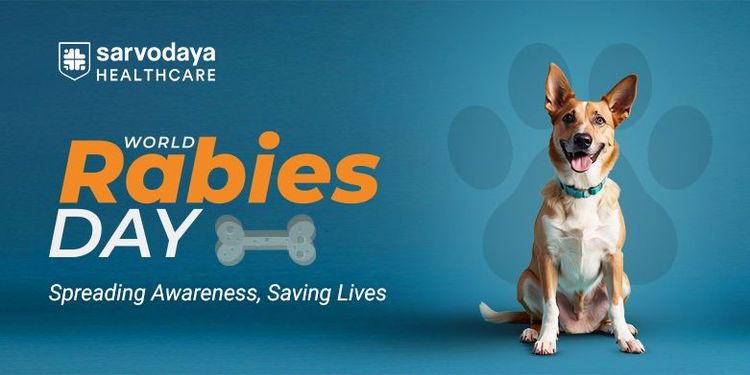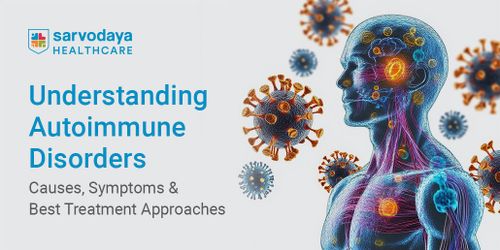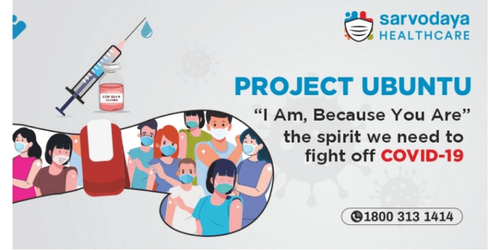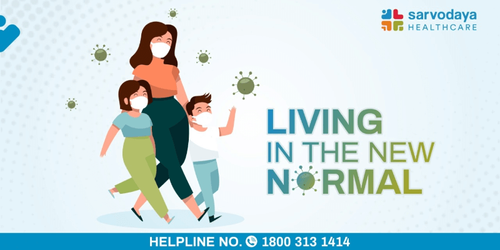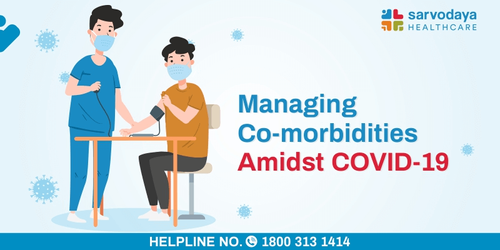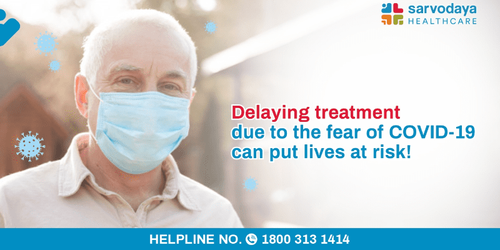Rabies remains one of the most feared viral diseases worldwide, claiming thousands of lives each year. Despite being preventable, it continues to affect both humans and animals. World Rabies Day, September 28, serves as a vital reminder that, with collective effort, education, and preventive measures, rabies can be eliminated.
In this blog, we will explore the significance of World Rabies Day, its history, and the importance of the World Rabies Day theme 2025.
Understanding Rabies
Rabies is a viral infection that primarily spreads through the bite or scratch of an infected animal, most commonly a dog. Once the virus enters the human body, it targets the central nervous system, leading to inflammation of the brain. The disease is almost always fatal once symptoms appear, making early detection and treatment crucial.
The most common rabies symptoms to look out for include:
- Fever, headache and general weakness in the early stages.
- Pain, tingling, or burning at the wound site.
- Anxiety, confusion, and agitation.
- Difficulty swallowing, excessive salivation, and hydrophobia.
- Paralysis and, eventually, coma or death if left untreated.
This highlights why immediate wound cleaning and timely rabies treatment are vital steps in preventing the spread of infection.
Importance of Observing World Rabies Day
World Rabies Day is observed annually to raise awareness about rabies prevention and educate communities about the importance of taking timely action. The chosen World Rabies Day date, 28th September, is significant because it marks the death anniversary of Louis Pasteur, the scientist who developed the first rabies vaccine. His groundbreaking work laid the foundation for rabies prevention worldwide.
The day is not only a remembrance of medical advancement but also a reminder that rabies remains a global public health issue. Millions of people, especially in Asia and Africa, remain at risk of exposure each year.
Observing World Rabies Day on September 28 helps communities:
- Understand how rabies spreads and its dangers.
- Learn about the importance of vaccinating pets and stray animals.
- Recognise the signs and symptoms of rabies in both humans and animals.
- Encourage early intervention and rabies treatment after exposure.
World Rabies Day Theme 2025
Every year, the global campaign is centred around a specific theme to direct focus on priority areas. The 2025 World Rabies Day theme will serve as a guiding message for governments, healthcare workers, and individuals to come together in support of rabies control and elimination.
The theme usually highlights aspects such as vaccination, education, and prevention. For example, past themes have focused on achieving zero human deaths from dog-mediated rabies and on the role of communities in spreading awareness. The World Rabies Day theme 2025 will continue this tradition, uniting voices worldwide in the fight against rabies.
By participating in events and sharing information on this day, individuals contribute to global efforts. Schools, health organisations, and local authorities often run awareness drives, vaccination camps, and educational sessions to mark World Rabies Day on September 28. The power of the theme lies in its ability to inspire collective action for a healthier, safer future.
Rabies Prevention and Treatment
Rabies is almost always fatal once it progresses, but it is entirely preventable with prompt and timely action. Awareness of prevention methods and prompt rabies treatment can save thousands of lives every year.
Some of the most effective preventive measures include:
- Vaccination of pets and domestic animals to reduce the risk of transmission.
- Avoiding contact with stray or wild animals, particularly dogs, bats, and raccoons.
- Immediately clean the wound with soap and water after a bite or scratch.
- Seeking urgent medical care for post-exposure prophylaxis (PEP).
Rabies treatment after potential exposure includes a series of rabies vaccines and, in some cases, rabies immunoglobulin. These measures are most effective when given immediately after contact with a suspected rabid animal. Delaying treatment can allow the virus to progress, which makes survival almost impossible once rabies symptoms appear.
Global Efforts to Eliminate Rabies
The fight against rabies requires international cooperation, strong health systems, and active community participation. The World Health Organisation (WHO), in partnership with global health agencies, has launched the Zero by 30 strategy, aiming to eliminate human deaths from dog-mediated rabies by 2030.
Key elements of this global initiative include:
- Mass dog vaccination campaigns aim to reduce the primary source of transmission.
- Accessible rabies treatment for all individuals in at-risk areas.
- Awareness drives on World Rabies Day to reach remote and underserved communities.
- Collaboration among governments, NGOs, and the veterinary sector to strengthen response systems.
The Role of Community and Individual Awareness
While governments and global health organisations lead large-scale campaigns, communities and individuals also play a vital role in eliminating rabies. Education and awareness are the strongest tools in preventing the spread of the disease.
Some essential ways in which individuals and communities can contribute include:
- Spreading knowledge about rabies prevention in schools, workplaces, and neighbourhoods.
- Encouraging vaccination of pets and supporting local vaccination drives for stray animals.
- Promoting safe behaviour, such as avoiding handling unfamiliar animals.
- Sharing information on World Rabies Day through social media and community events.
Communities can create a safer environment and drastically reduce the number of rabies-related deaths with their active participation. Small efforts at an individual level collectively build a powerful shield of protection against this preventable disease.
Conclusion
Rabies is one of the oldest known diseases, yet it continues to take lives even today. The annual observance of World Rabies Day, on 28th September, helps to unite people, governments, and organisations towards a shared goal – the elimination of rabies worldwide.
At Sarvodaya Hospital, Faridabad, comprehensive facilities are available for both preventive consultations and post-exposure rabies treatment. The hospital emphasises timely medical care and vaccination as the most vigorous against rabies. With expert doctors and modern infrastructure, Sarvodaya provides community members with the opportunity to protect themselves and their loved ones, ensuring early intervention and effective outcomes.
As the world works towards achieving zero deaths from rabies, every individual has a role to play. Let this World Rabies Day, September 28, be a call to action for everyone to contribute towards spreading awareness and saving lives.


